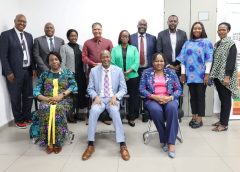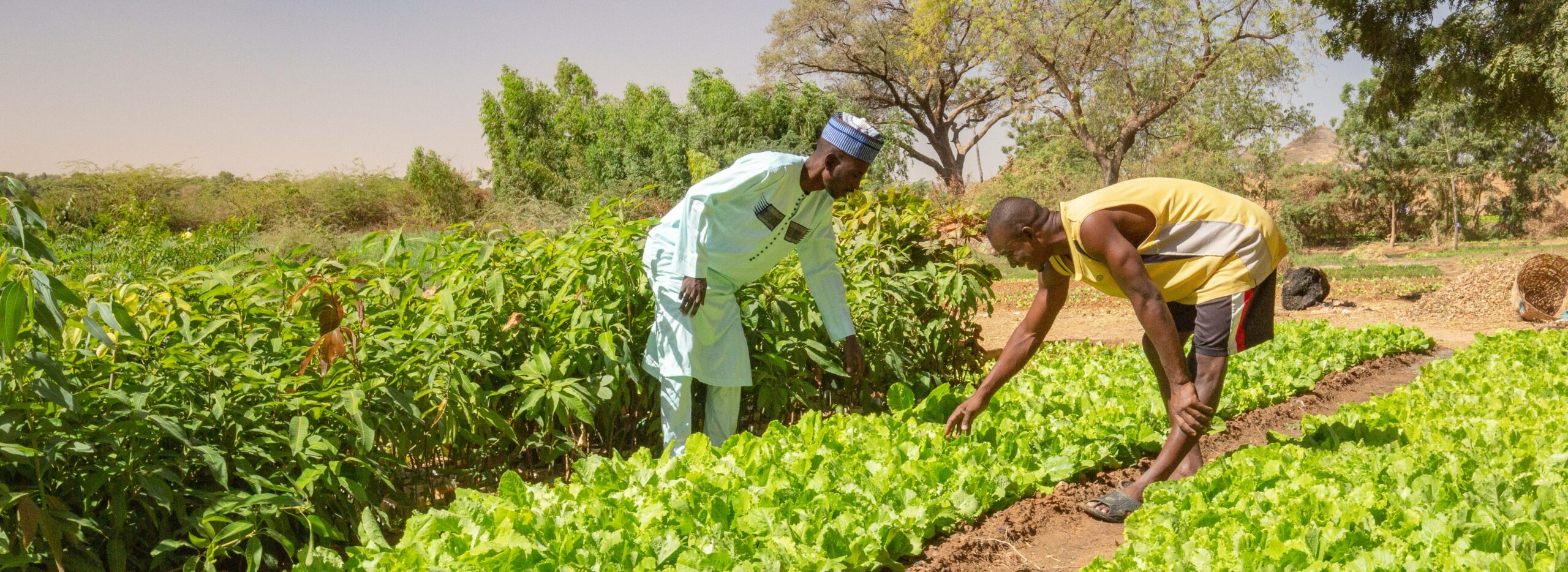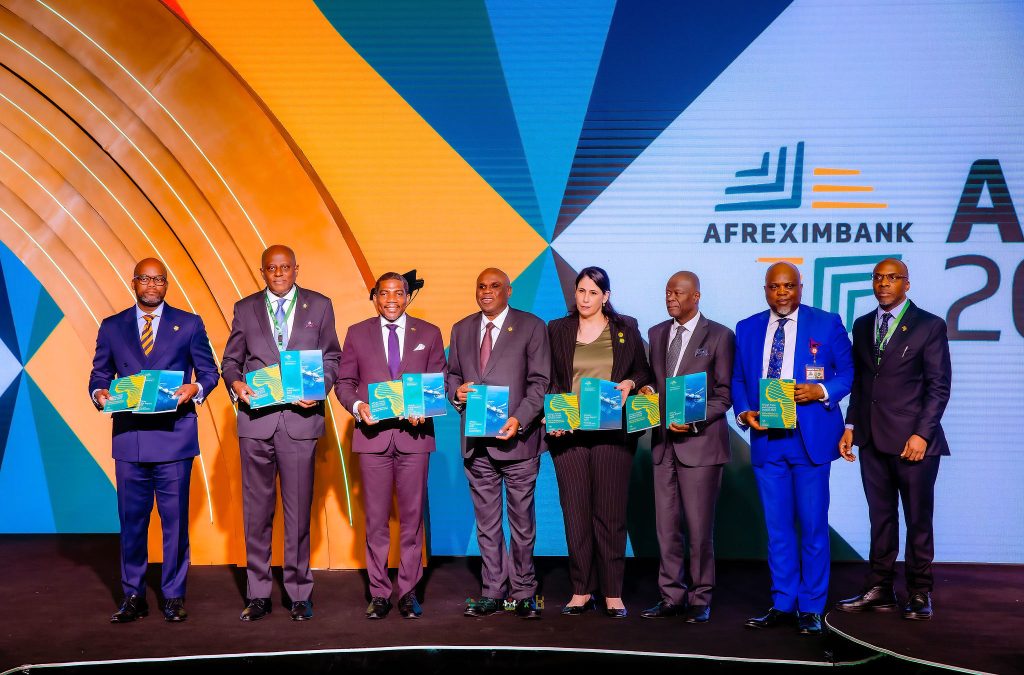In a significant milestone for African economic integration, the COMESA-EAC-SADC Tripartite Free Trade Area (TFTA) Agreement is scheduled to come into force on July 25, 2024. This development follows the recent ratification of the agreement by Angola, bringing the total number of ratifying countries to 14 – the threshold required for the agreement to take effect.
The announcement was made during the 37th Tripartite Task Force Meeting held on July 20, 2024, in Accra, Ghana. The meeting brought together the chief executives of the three Regional Economic Communities (RECs) involved: the Southern African Development Community (SADC), the East African Community (EAC), and the Common Market for Eastern and Southern Africa (COMESA).
The TFTA represents a massive economic bloc, encompassing 29 countries that account for 53% of the African Union’s membership. With a combined GDP of $1.88 trillion and a population of 800 million, the free trade area has the potential to significantly boost intra-African trade and economic growth.
H.E. Elias Mpedi Magosi, Executive Secretary of SADC and current Chairman of the Tripartite Task Force, revealed that the 14 countries that have ratified the agreement are Angola, Botswana, Burundi, Egypt, Eswatini, Kenya, Lesotho, Malawi, Namibia, Rwanda, South Africa, Uganda, Zambia, and Zimbabwe. These nations collectively represented 75% of the Tripartite GDP in 2022.
The TFTA is built on three main pillars:
- Market Integration: Focusing on trade liberalization and facilitating the movement of business persons.
- Infrastructure Development: Aimed at enhancing connectivity and reducing business costs.
- Industrial Development: Creating a supportive environment for value addition, industry diversification, and increased competitiveness.
EAC Secretary General, H.E. Veronica Nduva, emphasized the importance of implementing the agreement to harness its potential benefits and strengthen member states’ participation in the wider African Continental Free Trade Area (AfCFTA). She also noted that Tanzania and South Sudan are in the process of ratifying the agreement.
COMESA Secretary-General, H.E. Chileshe Kapwepwe, called for careful examination of progress and strategizing to ensure that benefits are realized by stakeholders in all member states. She highlighted the division of responsibilities among the RECs, with COMESA leading the Market Integration Pillar, SADC heading the Industrialisation Pillar, and EAC spearheading the Infrastructure Pillar.
One notable achievement of the TFTA thus far is the implementation of an online Non-Tariff Barrier (NTB) reporting and elimination mechanism, which is already being used by 25 Tripartite Member/Partner States.
The Tripartite Task Force has agreed on a roadmap for officially launching the TFTA’s entry into force at the 4th Tripartite Summit of Heads of State and Government, planned for later this year.
As Africa moves towards greater economic integration, the TFTA represents a significant step forward. Its success could pave the way for smoother implementation of the continent-wide AfCFTA and boost Africa’s position in the global economy.






